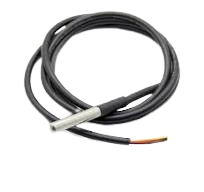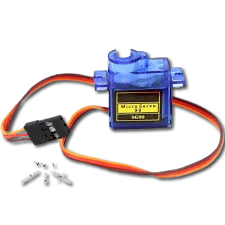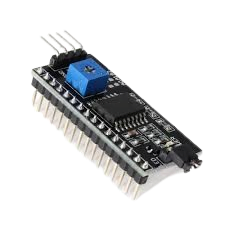No products in the cart.
Drone Parts
Drone Frame
Availability:
Out of stock
A drone frame is the structural backbone of a drone, providing support for all components. Made from materials like carbon fiber, aluminum, or plastic, it affects the drone’s weight, strength, and performance. Available in various sizes and designs, the frame is crucial for stability, agility, and payload capacity.
₹973.50 ₹1,475.00 (Inc. GST)
Out of stock
Drone Frame
A drone frame is the core structure of a drone, providing the essential support for all its components. It plays a crucial role in determining the drone’s performance, durability, and overall functionality. Typically made from materials like carbon fiber, aluminum, or plastic, the choice of material affects the frame’s weight, strength, and flexibility.
Materials and Benefits:
- Carbon Fiber: Known for its lightweight and high-strength properties, carbon fiber is often used in high-performance drone frames. It offers excellent rigidity and durability while minimizing weight, which is essential for enhancing flight time and maneuverability.
- Aluminum: Provides a good balance between weight and strength, making it a suitable choice for durable and somewhat lighter frames. Aluminum frames are less common than carbon fiber but are still used for their robustness.
- Plastic: Generally used in cheaper, beginner-friendly drones. Plastic frames are less durable but are more affordable and sufficient for less demanding applications.
Frame Configurations:
- Quadcopter Frames: The most common design, featuring four arms extending from a central body. Variants include:
- X-Frames: Known for balanced flight and agility, ideal for aerobatic maneuvers and freestyle flying.
- H-Frames: Offer additional space for mounting extra components, suitable for applications requiring more payload capacity.
- Plus-Frames: Designed to provide stability, often used in racing and high-speed applications.
Size and Layout: It comes in various sizes, typically measured diagonally between motor shafts. The size of the frame affects the drone’s agility and payload capacity:
- Micro Drones: Small frames designed for indoor or close-quarters flying.
- Standard Drones: Medium-sized frames suitable for general use and moderate payloads.
- Large Drones: Designed to carry substantial payloads, including professional cameras and sensors, ideal for surveying and cinematography.
Mounting and Modularity: Frames include mounting points for crucial components such as:
- Motors: Attached to the arms to provide thrust.
- Flight Controllers: Mounted centrally to manage flight dynamics.
- ESCs and Power Distribution Boards: Integrated to control power and signal distribution.
- Landing Gear: Provides stability during takeoff and landing.
Some frames are modular, allowing for easy upgrades or repairs. This feature is beneficial for both enthusiasts and professionals who frequently modify their drones.
Choosing a Frame: Selecting the right frame depends on the intended use of the drone. Racing drones need lightweight, agile frames for speed, while cinematic drones require sturdy frames to support heavier equipment and ensure stable flight.
In summary, the drone frame is a foundational element that influences its capabilities and suitability for different tasks. Choosing the right frame involves considering material, design, size, and intended use to achieve optimal performance and longevity.
| Weight | 0.00 kg |
|---|---|
| Dimensions | 0.00 × 0.00 × 0.00 cm |






There are no reviews yet.